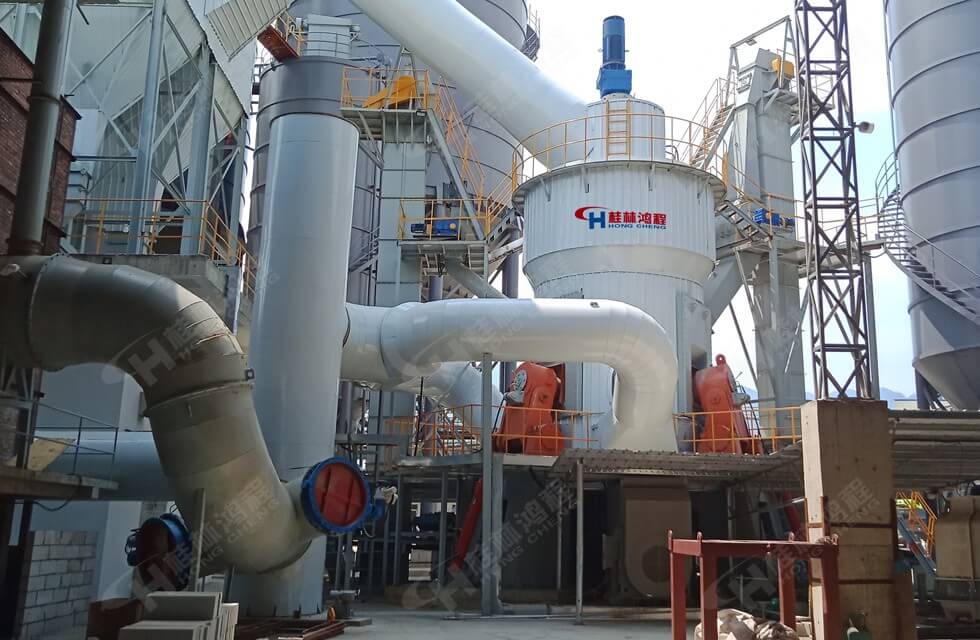How is attapulgite powder produced? Of course, a modern grinding production line is used, and its technological process adopts a high-efficiency large-capacity vertical mill, which needs to go through several stages of attapulgite crushing, feeding, grinding, powder selection and powder collection.

attapulgite powder hlm vertical mill case site, welcome to leave a message or consult [email protected]
How is attapulgite powder produced? Different investment capacity choose different grinding mill. Most powder manufacturers use Raymond mills, because this type of mill can produce 80-600-mesh powder enough to meet the production demand of attapulgite powder of about 1 to 40 tons per hour. However, some manufacturers require more than one hundred tons of stone powder per hour, so the production of attapulgite stone powder requires large-capacity mechanical equipment such as vertical mills.
The specific steps of the attapulgite stone and soil grinding process. The attapulgite stone and soil powder adopts the powder-making process of grinding the attapulgite stone and soil into powder. Grinding with a machine mill obtains a powder of about 80-400 mesh.
Stage 1: attapulgite crushing
Large pieces of attapulgite are transported to the raw material warehouse by special vehicles, and then the materials are sent to the jaw crusher by forklifts/manually for crushing, and crushed to a size smaller than the feed size of the HLM vertical mill (25-30mm) .
Stage 2: attapulgite feeding
The attapulgite crushed by the crusher is lifted by the elevator to the storage hopper, and the storage hopper is discharged and then fed to the host evenly by the feeder
Stage 3: Grinding
After the attapulgite enters the mill, the products that have passed the grinding are screened out by the screening system to screen out the fine powder of attapulgite particle size, and then enter the collector through the pipeline. The finished product is discharged, and the unqualified powder falls into the main machine of the HLM vertical mill for re-grinding.
Stage 4: Finished Product Collection
The attapulgite soil and stone powder enters the pulse dust collector through the ventilation duct connected by the mill, and the attapulgite soil and stone powder enters the powder collector for packaging. The air after pulse dust collection and purification flows into the blower through the residual air duct above the dust collector. The air path is circulating. Except for the positive pressure from the blower to the grinding chamber, the air flow in the rest of the pipeline flows under negative pressure, and the indoor sanitary conditions better.